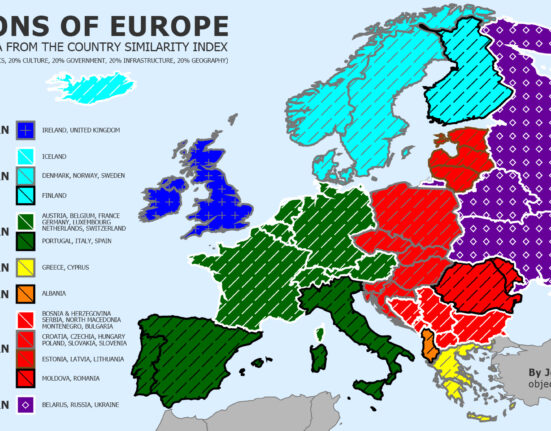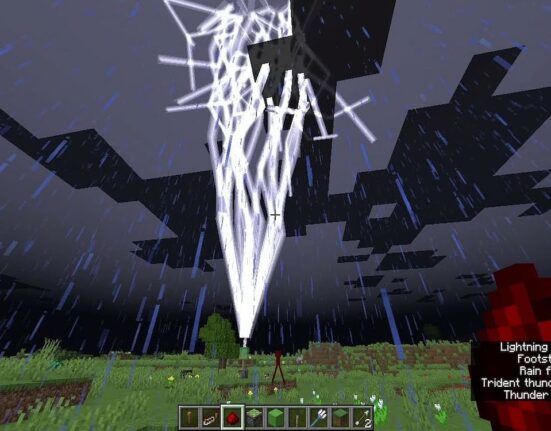A recent study co-authored by BirdLife’s Chief Scientist, Dr. Stuart Butchart, sheds light on the delicate state of Critically Endangered species. It’s not just a number game; it’s about understanding the threats they face and how conservation efforts can turn the tide for these vulnerable creatures.
“Saving the most threatened species from extinction requires a detailed understanding of why each one is so close to disappearing,”
emphasizes Dr. Butchart, highlighting the urgency of the situation.
The IUCN Red List categorizes over 10,000 species as Critically Endangered, with 223 of them being birds. These numbers signify more than just statistics – they represent lives on the brink of extinction.
Most Critically Endangered species are plants, followed by vertebrates, invertebrates, and a small fraction of fungi. The majority of these species (97%) are endemic to a single country, emphasizing the localized nature of their plight.
The concentration of these endangered species in specific regions like the Caribbean islands, Southeast Asia, and Africa’s Lake Victoria underscores the need for targeted conservation efforts in these areas.
Unfortunately, some Critically Endangered species have already reached a point where they are labeled as ‘Possibly Extinct’ or ‘Possibly Extinct in the Wild,’ indicating a dire situation where saving them in their natural habitat might be too late. However, there is still hope for some through captive breeding programs and potential reintroductions into the wild.
Invasive alien species pose a significant threat to these vulnerable creatures. From mammals like house rats to domestic goats and feral pigs, these invaders disrupt ecosystems through predation and habitat degradation. For birds especially, invasive predators have been particularly devastating.
Protecting crucial sites such as Key Biodiversity Areas (KBAs) is vital for safeguarding Critically Endangered species. While progress has been made in identifying these sites that host dwindling populations of endangered species, there is an urgent need to ensure effective conservation measures cover a substantial portion of these areas.
Amidst these challenges lies hope in targeted interventions such as captive breeding programs and conservation translocations that have shown promising results in bringing back species from the brink of extinction. From Hooded Grebes to African Penguins, success stories abound where dedicated conservation efforts have made a tangible difference.
“The status, threats and conservation of Critically Endangered species”
was produced collaboratively with various organizations including Texas A&M University and Re:wild among others – underscoring that collective action is essential in combating this global crisis before it’s too late.









Leave feedback about this